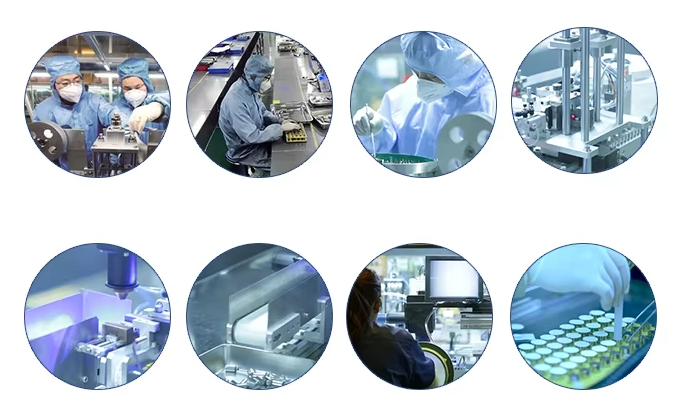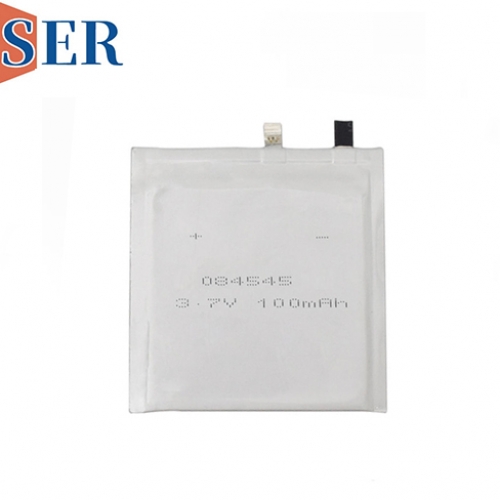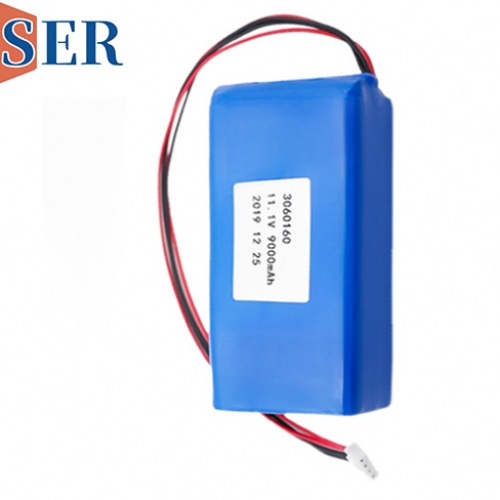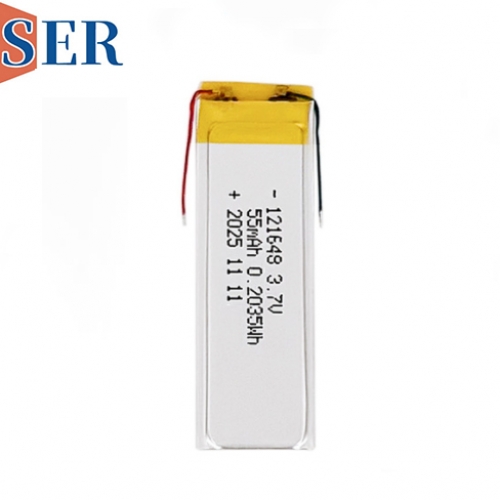3.6V Non-rechargeable battery pack ER34615+SPC1520,ER26500 + 1520 SPC with ATEX certification for smart Gas metering
3.6V Non-rechargeable battery pack ER34615+SPC1520,ER26500 + 1520 SPC with ATEX certification for smart Gas metering.

The integration of advanced technology in gas metering systems has revolutionized the way utilities manage and monitor gas consumption. Among the various innovations, the use of non-rechargeable battery packs with ATEX certification has emerged as a critical component, ensuring safety and reliability in potentially explosive environments. This article delves into the design, features, and applications of the 3.6V non-rechargeable battery packs ER34615+SPC1520 and ER26500+1520 SPC, emphasizing their suitability for smart gas metering systems. Furthermore, it explores the addition of a resettable fuse of 0.75A to enhance safety and functionality.
Keywords: ER34615+SPC1520,ER26500+1520 SPC,Non-rechargeable battery packs, ATEX certification, smart gas metering, resettable fuse, safety, reliability
Introduction
Smart gas metering systems represent a significant leap forward in utility management, offering real-time data collection, enhanced accuracy, and improved operational efficiency. These systems often operate in environments where the risk of explosive gases is present, necessitating the use of components that comply with stringent safety standards. Non-rechargeable battery packs with ATEX certification are specifically designed to meet these requirements, providing a reliable power source for smart gas meters while ensuring the safety of both the equipment and the users.
Understanding ATEX Certification
ATEX is a European Union directive that governs equipment and protective systems intended for use in potentially explosive atmospheres. The directive sets out the essential health and safety requirements for equipment used in such environments, ensuring that they are designed and manufactured to prevent the ignition of explosive atmospheres. Battery packs with ATEX certification are rigorously tested to ensure they meet these standards, making them suitable for use in hazardous locations where gases, vapors, or dust may be present.
Design and Features of Non-Rechargeable Battery Packs
The 3.6V non-rechargeable battery packs ER34615+SPC1520 and ER26500+1520 SPC are specifically engineered for smart gas metering applications. These battery packs combine the high energy density of lithium thionyl chloride (LiSOCl2) batteries with the protective circuitry of the SPC1520 and 1520 SPC modules, respectively.
3.1 ER34615+SPC1520 LiSOCL2 Battery Pack
The ER34615 battery is a high-capacity lithium thionyl chloride battery, known for its excellent energy density, wide operating temperature range, and long shelf life. When combined with the SPC1520 protection module, the battery pack offers additional safety features, including overcharge protection, over-discharge protection, and short-circuit protection. The SPC1520 module also includes a voltage regulator, ensuring a stable output voltage for the connected device.
3.2 ER26500+1520 SPC LiSOCL2 Battery Pack
Similarly, the ER26500 LiSOCL2 battery is another high-capacity lithium thionyl chloride battery, offering similar performance characteristics to the ER34615. The 1520 SPC protection module provides the same level of safety and stability as the SPC1520, ensuring the reliable operation of the battery pack in smart gas metering systems.
Application in Smart Gas Metering
Smart gas meters are designed to provide accurate and real-time data on gas consumption, enabling utilities to optimize their distribution networks, reduce losses, and improve customer service. These meters often operate in remote or hard-to-reach locations, making reliable power sources essential. Non-rechargeable battery packs with ATEX certification are ideal for these applications, offering the following advantages:
4.1 Long Operational Life
Lithium thionyl chloride batteries have an exceptionally long shelf life and operational life, often exceeding 10 years in some applications. This makes them ideal for smart gas meters, which may remain in service for many years without maintenance.
4.2 Wide Operating Temperature Range
Smart gas meters may be installed in environments with extreme temperatures, ranging from freezing cold to scorching heat. Lithium thionyl chloride batteries can operate reliably over a wide temperature range, ensuring the continuous operation of the gas meter regardless of the ambient conditions.
4.3 Enhanced Safety
The ATEX certification of these battery packs ensures that they meet the highest safety standards, reducing the risk of ignition in potentially explosive atmospheres. This is crucial for the safe operation of smart gas meters in residential, commercial, and industrial settings.
Adding a Resettable Fuse of 0.75A
To further enhance the safety and functionality of the battery packs, a resettable fuse of 0.75A can be added. A resettable fuse, also known as a polymeric positive temperature coefficient (PPTC) device, is a type of overcurrent protection device that automatically resets after a fault condition is cleared.
5.1 Benefits of a Resettable Fuse
Overcurrent Protection: The resettable fuse provides protection against overcurrent conditions, which can occur due to short circuits or excessive loads. This helps prevent damage to the battery pack and the connected device.
Automatic Reset: Unlike traditional fuses, which need to be replaced after a fault, a resettable fuse automatically resets once the fault condition is removed. This reduces downtime and maintenance costs.
Compact Size: Resettable fuses are available in compact sizes, making them easy to integrate into the battery pack design without significantly increasing its overall dimensions.
5.2 Integration into the LiSOCL2 Battery Pack
The resettable fuse can be integrated into the battery pack in series with the positive or negative terminal, depending on the specific design requirements. The fuse should be selected based on the maximum expected current draw of the connected device to ensure it provides adequate protection without causing nuisance tripping.
Case Study: Smart Gas Metering System with ATEX-Certified Battery Packs
To illustrate the practical application of ATEX-certified battery packs in smart gas metering systems, consider a hypothetical case study of a utility company deploying a new generation of smart gas meters in a residential area.
6.1 System Requirements
The utility company requires a smart gas metering system that can provide real-time data on gas consumption, detect leaks, and communicate with a central monitoring system. The meters must be installed in a variety of environments, including basements, attics, and outdoor locations, where the risk of explosive gases may be present.
6.2 LiSOCL2 Battery Pack Selection
After evaluating various options, the utility company selects the ER34615+SPC1520 battery pack with an integrated 0.75A resettable fuse. The battery pack meets the system's power requirements, offers a long operational life, and complies with ATEX standards, ensuring the safety of the installation.
6.3 Installation and Operation
The smart gas meters are installed in the designated locations, with the battery packs providing a reliable power source. The meters operate continuously, collecting and transmitting data to the central monitoring system. In the event of an overcurrent condition, the resettable fuse trips, protecting the battery pack and the meter from damage. Once the fault is cleared, the fuse automatically resets, allowing the meter to resume normal operation.
Conclusion
The use of non-rechargeable LiSOCL2 battery packs with ATEX certification in smart gas metering systems represents a significant advancement in utility management. These battery packs offer long operational life, wide operating temperature range, and enhanced safety, making them ideal for use in potentially explosive environments. The addition of a resettable fuse further enhances the safety and functionality of the battery packs, providing overcurrent protection and automatic reset capabilities.
As the demand for smart gas metering systems continues to grow, the importance of reliable and safe power sources will only increase. LiSOCL2 Battery packs like the ER34615+SPC1520 and ER26500+1520 SPC, with their ATEX certification and optional resettable fuse, are well-positioned to meet these requirements, ensuring the safe and efficient operation of smart gas meters in a variety of applications.
In conclusion, the integration of advanced battery technology into smart gas metering systems is a critical step towards optimizing utility management, improving customer service, and ensuring the safety of both the equipment and the users. As technology continues to evolve, we can expect to see further innovations in LiSOCL2 battery design and functionality, further enhancing the capabilities of smart gas metering systems.





